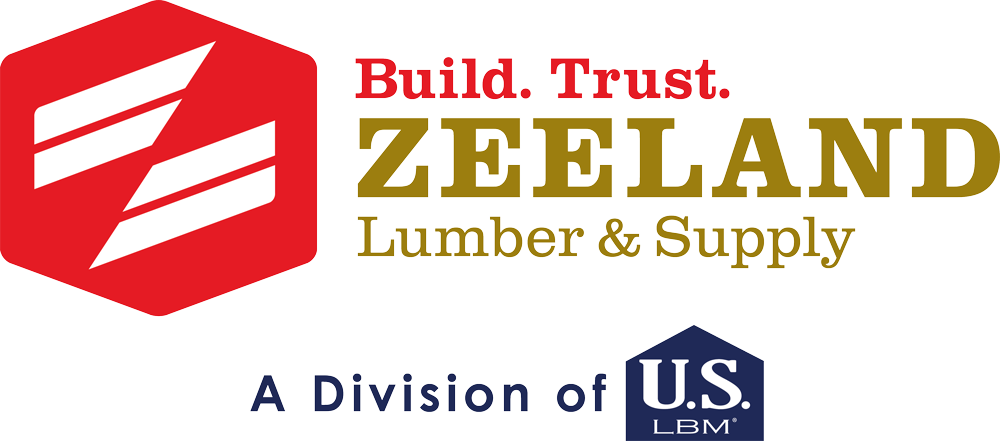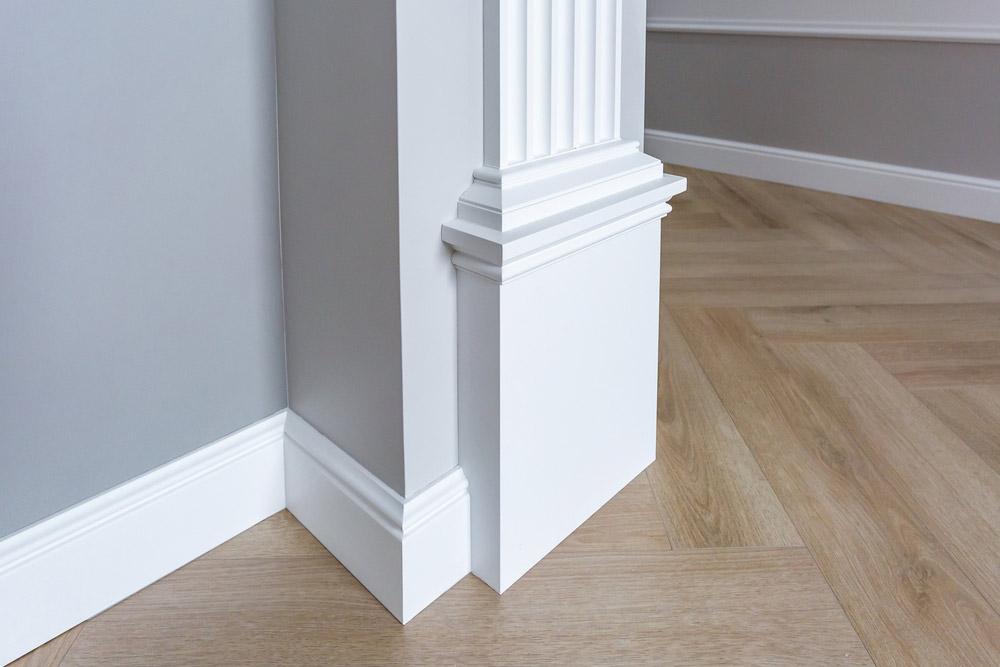When purchasing and installing mouldings in the past, homeowners only really had one choice: natural wood mouldings. However, medium-density fiberboard (MDF) mouldings are gaining popularity and are now used for more and more builds and remodels, giving natural wood a run for its money.
Let’s take a closer look at the pros and cons of MDF mouldings, so you can make an informed decision about what’s best for your home.
What Are MDF Mouldings?
An MDF moulding is an engineered wood material manufactured from a combination of wood fibers, resin, and wax. They mimic the look of natural wood, but they must be painted over because they cannot be stained. Generally, MDF mouldings can be easily cut to precise measurements, primed, and made ready for painting — making them a convenient moulding choice for an assortment of residential and commercial finishing and trim applications.
Advantages of MDF Mouldings
There are a few reasons many homeowners prefer MDF mouldings over natural wood mouldings. Here are some of the most common:
- Lower cost – Usually, MDF mouldings are less expensive than wood ones — but the difference is ever-so-slight. However, while that small price disparity may not be noticed for a room or two, it can be a real budget-saver when it comes to larger projects.
- Easy installation – MDF mouldings are made of relatively soft material, making them easy to cut and resistant to splitting from the force of power-driven or hammered nails.
- Flexible – When it comes to any curved (or not-quite-flat) walls in your home, MDF mouldings are a great choice. Their soft materials are flexible enough to bend into those tougher spaces.
- Paintable – MDF mouldings can’t be stained, but they usually come pre-primed and ready for paint. This way, you’re able to easily apply whichever color suits your space best.
Disadvantages of MDF Mouldings
Although MDF mouldings are great, there are a few reasons homeowners may select a different option, including:
- Unstainable – MDF mouldings cannot be stained and don’t offer the same beautiful grain as natural wood, so their appearance must always be covered with paint.
- Vulnerable corners – Outside corners are MDF mouldings’ weak points. Their soft material makes them prone to chipping if not cared for properly.
- Susceptible to water damage – For areas that may come in contact with water, such as bathrooms, MDF mouldings might not be the best option as they sustain water damage more easily than other moulding options. While you can still use MDF mouldings in bathrooms, other moulding options may have better longevity.
MDF Mouldings vs. Wood Mouldings: Which Is Best for My Home?
After learning the pros and cons of MDF mouldings, you can hopefully narrow down which type of mouldings are best for your home or application.
In general, MDF mouldings may suit your application if…
- Your project is relatively large, or you’re sticking to a tight budget
- You’re working with any curved spaces
- You’d like to paint, rather than stain your mouldings
On the flipside, natural wood mouldings may be best for your home if…
- You prefer the natural or stained wood aesthetic
- Your project is relatively small, or you have a flexible budget
- Your project involves an area of your home that’s at high risk for moisture
Mouldings are a small, yet important detail that contributes to the overall style of your home. If you’re looking to install new mouldings, we at Zeeland Lumber have seen it all! Contact our team to learn more about your options.

